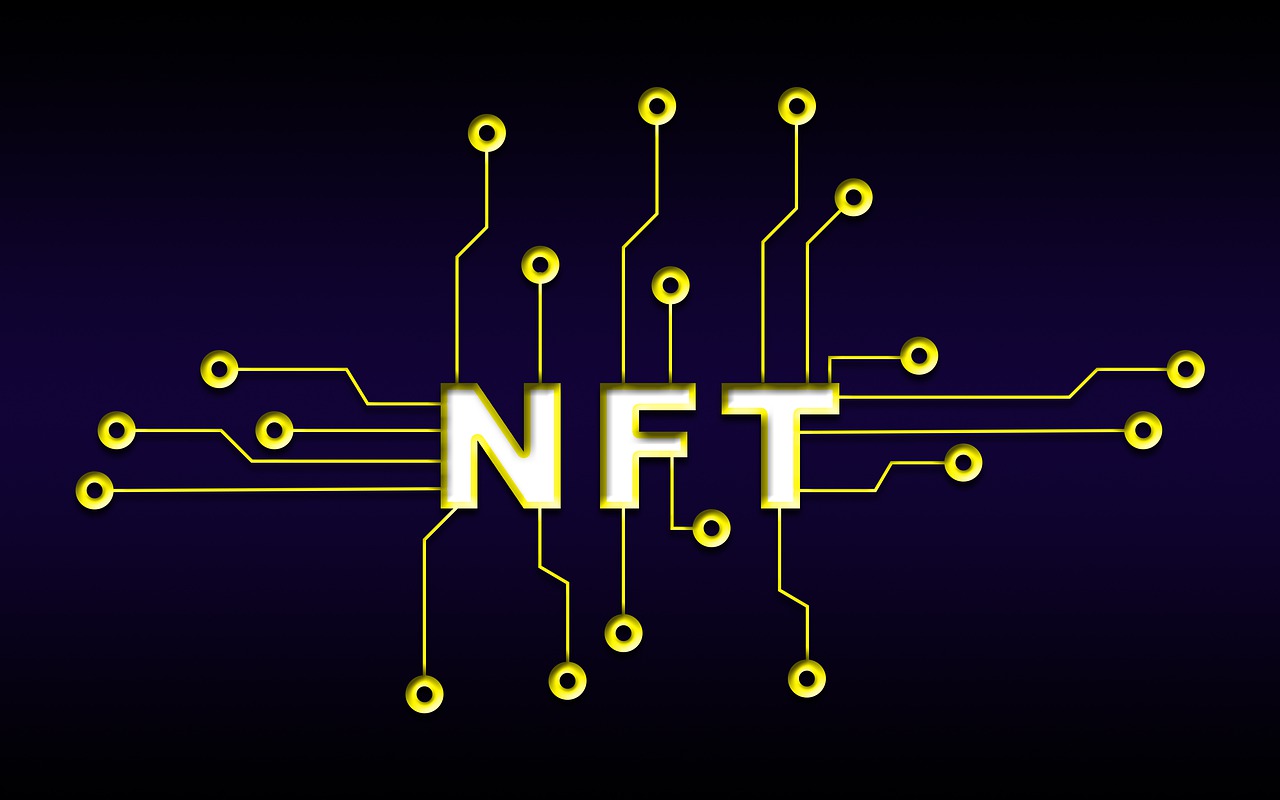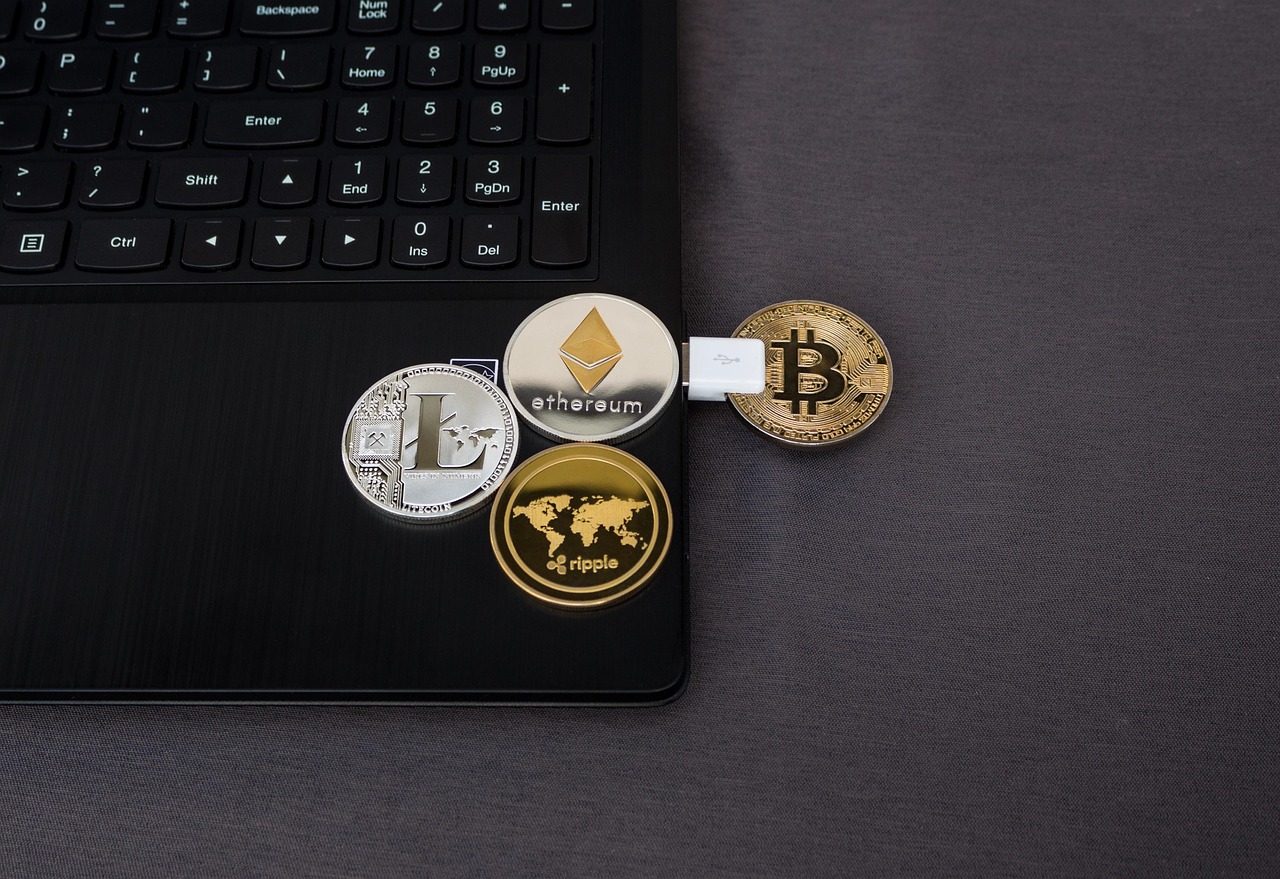Introduction
The world of NFTs (Non-Fungible Tokens) has evolved rapidly since its boom in 2021. By 2025, NFTs are no longer just quirky digital art—they represent everything from real estate deeds and music rights to gaming items and virtual identities. If you’re looking to buy, sell, or trade NFTs, choosing the right platform is crucial.
This comprehensive guide will help you explore the top NFT trading platforms in 2025, understand their features, learn how to get started, and avoid common pitfalls. Whether you’re a seasoned collector or a curious beginner, this is your go-to resource for navigating the dynamic world of NFTs.
What Are NFTs?
NFTs are unique digital assets stored on a blockchain. Unlike cryptocurrencies such as Bitcoin or Ethereum, NFTs are non-fungible, meaning they cannot be exchanged on a one-to-one basis because each has a unique value or property.
Use cases in 2025 include:
Digital artwork
Music and videos
Gaming assets
Virtual land
Event tickets
Fashion and luxury collectibles
Real-world asset ownership certificates
Each NFT is recorded on a blockchain, ensuring authenticity, traceability, and ownership.
Key Features of a Good NFT Trading Platform
When selecting an NFT trading platform, consider these factors:
Feature Importance
User Interface Easy navigation and design
Security Protection from hacks and scams
Blockchain Support Ethereum, Solana, Polygon, BNB Chain, etc.
Fees Gas fees, listing fees, and royalty payments
Liquidity High number of users and transactions
Wallet Integration Support for MetaMask, WalletConnect, etc.
Creator Tools Minting, royalty settings, metadata support
Top NFT Trading Platforms in 2025
Below are the best NFT trading platforms based on security, volume, ease of use, and multi-chain support.
- OpenSea
Blockchain: Ethereum, Polygon, Solana, Avalanche
Best For: General NFT trading, beginners
OpenSea remains the largest NFT marketplace in 2025. With millions of users and seamless integration with top wallets, it supports a wide range of NFT types—from art to domain names.
Key Features:
No-code minting tool
Collection stats and trends
Multi-chain support
Creator royalties up to 10%
Low-fee transactions on Layer-2s
- Blur
Blockchain: Ethereum
Best For: Pro traders and bulk sellers
Blur has carved out a niche for professional NFT traders by offering faster batch listings, low fees, and real-time analytics.
Key Features:
Advanced analytics dashboard
Instant portfolio valuation
Sniping and sweep tools
Gas optimization
Blur’s UI is tailored for serious investors and flippers.
- Magic Eden
Blockchain: Solana, Ethereum, Bitcoin Ordinals
Best For: Gaming NFTs and Solana ecosystem
Magic Eden rose to fame as the go-to marketplace for Solana NFTs and has since expanded to Ethereum and Bitcoin. It dominates the GameFi and collectibles sector.
Key Features:
Game launchpad for NFT projects
Fast transactions with low Solana gas fees
Launchpad for new collections
Optional KYC for fiat payments
- LooksRare
Blockchain: Ethereum
Best For: Traders looking for rewards
LooksRare offers a user-owned model, giving trading rewards in $LOOKS tokens. If you’re a frequent trader, it can be a lucrative choice.
Key Features:
Earn rewards on every trade
Native staking
Creator royalties are customizable
Community-driven governance
- Rarible
Blockchain: Ethereum, Flow, Tezos, Polygon
Best For: Artists and indie creators
Rarible focuses on the creator economy with easy minting tools, low gas fees on Tezos and Polygon, and a DAO governance model.
Key Features:
Lazy minting (no upfront gas fee)
Royalties for creators
Multi-chain interface
Built-in storefront creation
- Foundation
Blockchain: Ethereum
Best For: Premium and high-end art collectors
Foundation is an invite-only platform focused on digital art. It’s home to some of the biggest digital creators.
Key Features:
Clean, minimalist interface
High-end collectors
Artist profile pages
10% royalties
Though limited in volume, Foundation has strong curation.
- Binance NFT
Blockchain: BNB Chain, Ethereum
Best For: Users in Asia and NFT newcomers
Binance NFT is integrated directly into the Binance exchange, providing high liquidity, easy fiat access, and low trading fees.
Key Features:
Fiat onboarding
Mystery boxes and gaming drops
Centralized user support
NFT loans and staking
- Zora
Blockchain: Zora Chain (built on Optimism)
Best For: On-chain creators and open-source developers
Zora offers an innovative open protocol allowing anyone to create their own marketplaces or mint NFTs at low cost.
Key Features:
Open-source tools
0% platform fees
Layer-2 gas savings
High interoperability
It’s particularly popular among experimental and decentralized Web3 communities.
- X2Y2
Blockchain: Ethereum
Best For: High-volume users
X2Y2 emerged as a top competitor to OpenSea by offering zero trading fees and paying users in $X2Y2 tokens.
Key Features:
Revenue-sharing model
No listing fee
Supports royalties and private sales
Token staking
- Immutable X Marketplace
Blockchain: Immutable X (Layer-2 Ethereum)
Best For: Gaming NFTs and zero-gas trades
Immutable X is custom-built for gaming and offers gas-free minting and trading, making it ideal for high-volume games.
Key Features:
Zero gas fees
On-chain order book
Large gaming ecosystem (Gods Unchained, Illuvium)
Environmental sustainability
How to Start Trading NFTs in 2025: Step-by-Step
Step 1: Get a Crypto Wallet
Choose a non-custodial wallet that supports NFT trading, such as:
MetaMask
Phantom (for Solana)
WalletConnect
Trust Wallet
Backup your seed phrase securely.
Step 2: Fund Your Wallet
Use a centralized exchange like Coinbase, Binance, or WazirX to buy crypto (ETH, SOL, or MATIC), and transfer it to your wallet.
Step 3: Choose a Platform
Pick a platform that aligns with your purpose. For example:
OpenSea for variety and ease
Blur for flipping NFTs
Magic Eden for gaming NFTs
Foundation for high-end art
Step 4: Connect Your Wallet
Go to the NFT platform’s website and click “Connect Wallet.” Approve the connection in your wallet app.
Step 5: Browse and Buy
Look at rankings, floor prices, and recent sales. When you’re ready, click “Buy Now” and confirm the transaction.
Step 6: Sell or Flip
You can resell NFTs by listing them at a set price or auction. Blur and OpenSea allow bulk listings.
Risks and Red Flags in NFT Trading
NFT trading can be profitable but is also speculative. Watch out for:
Rug pulls: Fake projects that vanish after selling NFTs
Wash trading: Fake volume to inflate prices
Phishing scams: Only connect your wallet to official websites
Gas fees: High fees during peak times
Royalty bypassing: Some platforms let buyers skip creator royalties
Always DYOR (Do Your Own Research) and stay updated via NFT Twitter or Discord.
NFT Trends in 2025
NFTs are not fading; they’re evolving. Some major trends include:
Token-gated memberships
Soulbound NFTs for identity
Real estate NFTs with fractional ownership
AI-generated NFTs
Physical-backed NFTs with real-world assets
Cross-chain marketplaces for wider reach
Best Practices for Profitable NFT Trading
Buy during mint or low volume periods
Track floor price trends
Follow social metrics (Discord, Twitter followers)
Watch for rarity using tools like Rarity.tools or Trait Sniper
Diversify across blockchains and creators
Use bots carefully if flipping
Tools like NFTGo.io, Nansen.ai, and ICY.tools can give you deep analytics on NFT activity and whales.
Conclusion
NFT trading in 2025 is no longer limited to digital art collectors—it’s a dynamic marketplace with options for creators, gamers, investors, and collectors alike. Whether you’re in it for the art, the investment potential, or the underlying tech, picking the right NFT platform is essential for a profitable and secure experience.
From OpenSea and Blur to Magic Eden and Zora, each platform offers unique features and tradeoffs. Do your research, stay informed, and never invest more than you can afford to lose.



